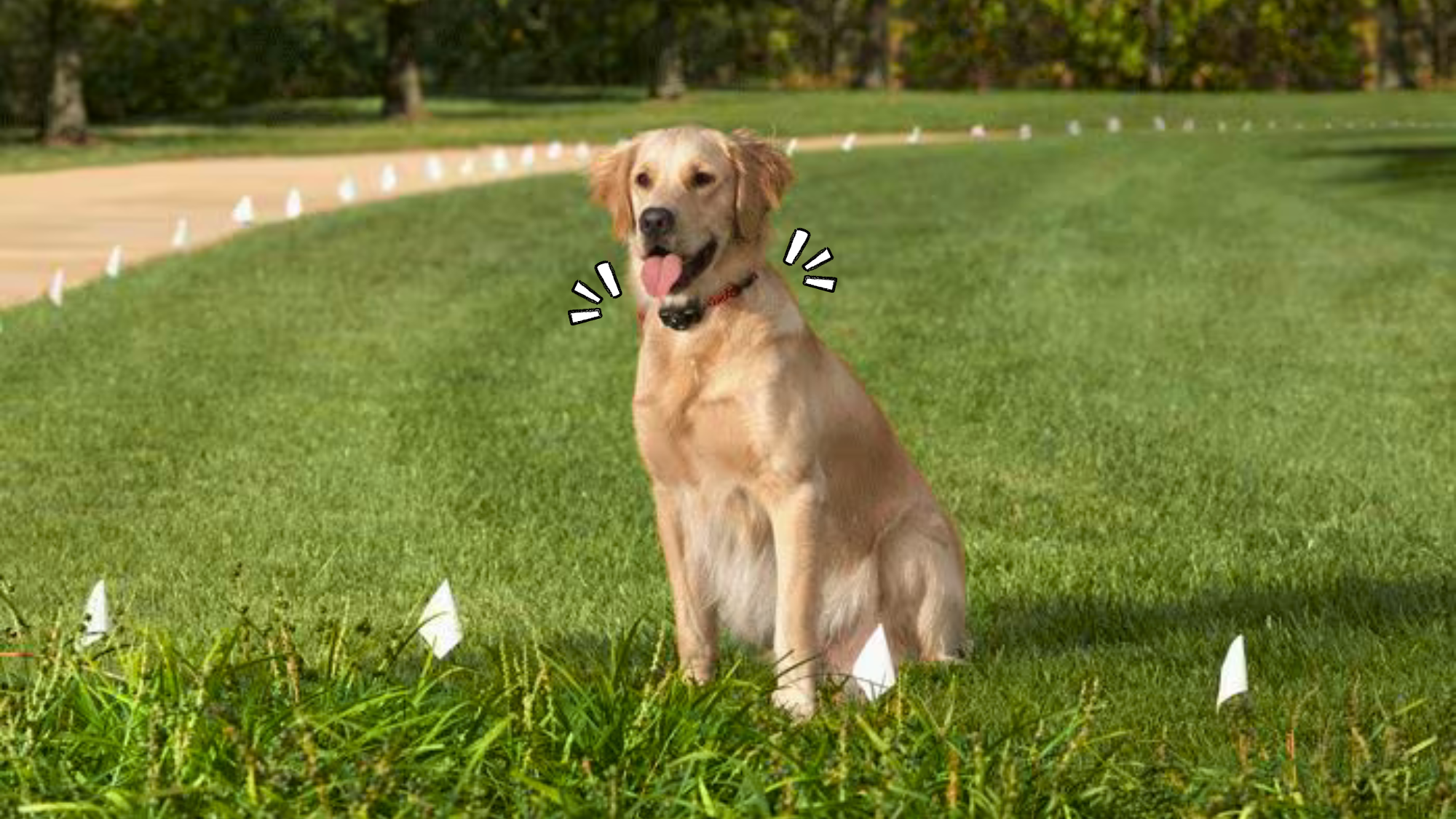| Summary: The underground dog fence cost typically ranges from $150 to $2,500, depending on factors such as fence size, brand, installation method, features, and additional accessories. DIY kits are more affordable, whereas professionally installed systems cost more but offer advanced features and reliability. |
As a pet owner, ensuring your dog’s safety while giving them freedom to roam is a top priority. An underground dog fence provides a cost-effective and invisible way to create a secure boundary without the need for a physical fence. But how much does an underground dog fence cost? Discover the best collar size for a French Bulldog puppy to ensure both safety and comfort during their growing stages.
Whether you’re considering a DIY electric dog fence kit or a professionally installed invisible fence, understanding the cost breakdown can help you make an informed decision.
Blog Highlights
ToggleWhat Is an Underground Dog Fence?
An underground dog fence, also known as an invisible fence, is a system designed to keep dogs within a specific area without the use of a traditional fence. The system consists of three main components:
- Boundary Wire – A wire is buried around the perimeter of the yard or designated containment area. This wire carries a signal from the transmitter.
- Transmitter – The transmitter is placed in a safe location inside the house or garage. It sends a signal through the underground wire to create an invisible boundary.
- Receiver Collar – The dog wears a special collar that detects the signal from the underground wire. If the dog approaches the boundary, the collar emits a warning beep. If the dog continues to move closer, the collar delivers a mild static correction to encourage them to stay within the boundaries.
Understand if French Bulldogs can wear dog collars and how it affects their neck structure and overall health.
How Does an Underground Dog Fence Work?
When a dog wearing the receiver collar gets too close to the buried boundary wire, the collar emits a warning tone. If the dog ignores the tone and moves closer to the boundary, a mild correction is delivered. This correction is not harmful but is designed to deter the dog from crossing the boundary.
Proper training is essential for the success of an underground dog fence. Pet owners must take time to teach their dogs to recognize and respect the warning signals. Most systems come with training flags that are placed along the boundary to provide a visual aid during training.
Benefits of an Underground Dog Fence
1. Unobtrusive Appearance
One of the biggest advantages of an underground dog fence is that it does not obstruct your view. Unlike traditional fences, it remains invisible, preserving the aesthetic of your yard.
2. Cost-Effective
Installing an underground dog fence is significantly cheaper than building a physical fence, especially for large properties. Traditional fencing materials such as wood or metal can be costly, and labor expenses for installation add to the overall price.
3. Customizable Boundaries
Underground fences can be customized to fit any yard shape. They are especially useful for irregularly shaped properties or for pet owners who want to block off specific areas such as gardens or pools.
4. Works for Any Size Yard
Whether you have a small backyard or several acres of land, an underground fence can be designed to fit your needs. Some systems can cover up to 25 acres with additional wiring.
5. Keeps Pets Safe
Underground dog fences provide a safe space for dogs to roam freely while preventing them from running into dangerous areas such as roads or neighboring properties.
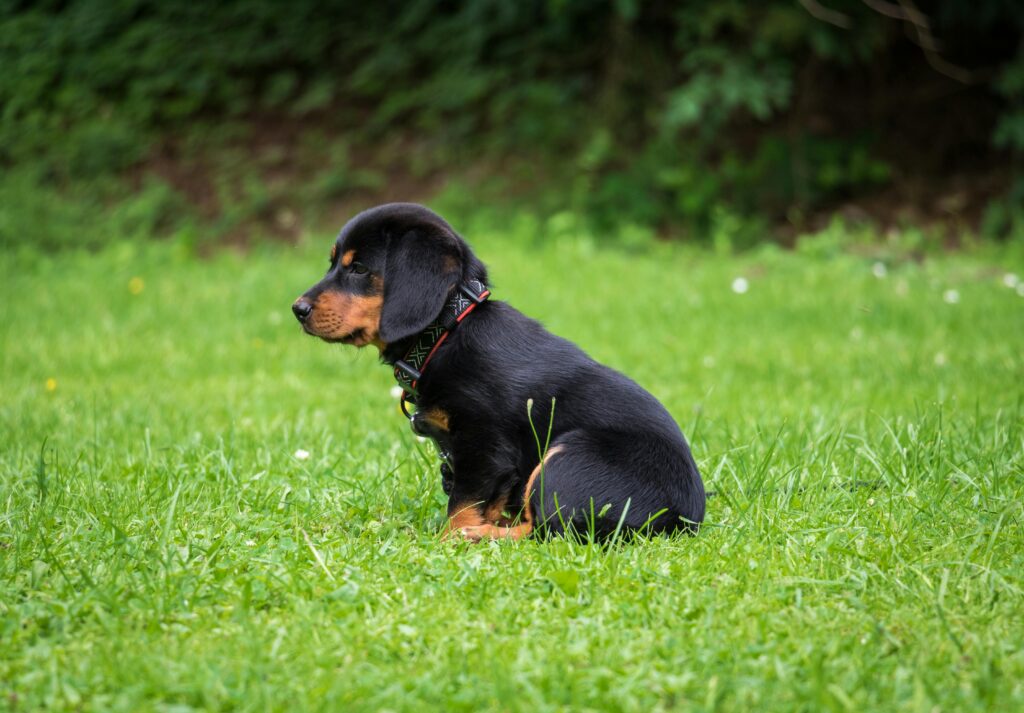
Installation Process
1. Planning the Layout
Before installation, map out where you want the fence boundary to be. Consider areas where you want to restrict access, such as gardens, driveways, or pools.
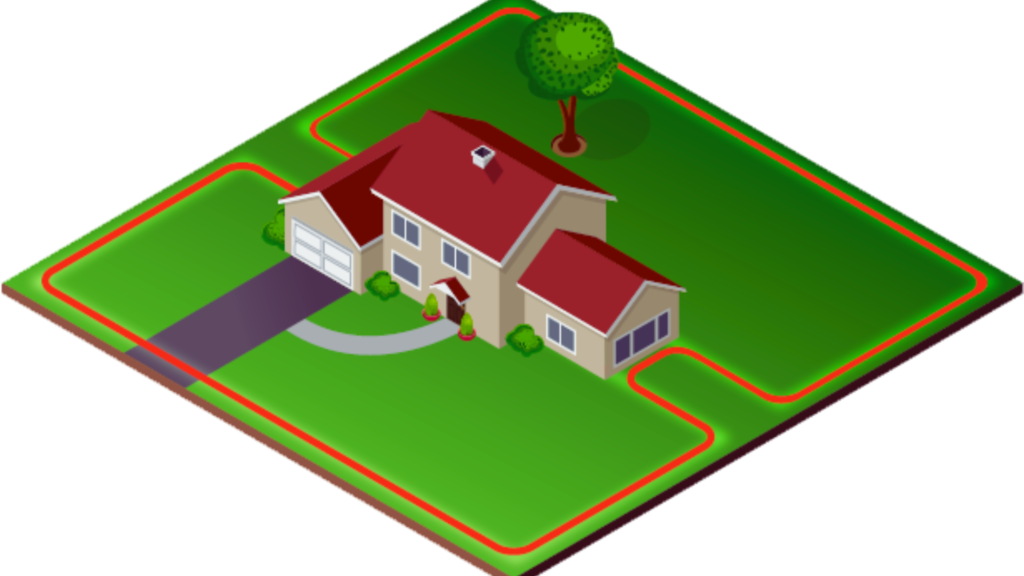
2. Burying the Wire
The boundary wire is typically buried 1-3 inches underground. A trench is dug along the planned perimeter, and the wire is laid inside before being covered with soil.

3. Connecting to the Transmitter
Once the wire is in place, it is connected to the transmitter, which is plugged into a power source. The transmitter sends signals through the wire to establish the boundary.
4. Setting Up the Receiver Collar
The collar is adjusted to fit the dog comfortably. The correction level can be adjusted based on the dog’s size and temperament.
5. Training the Dog
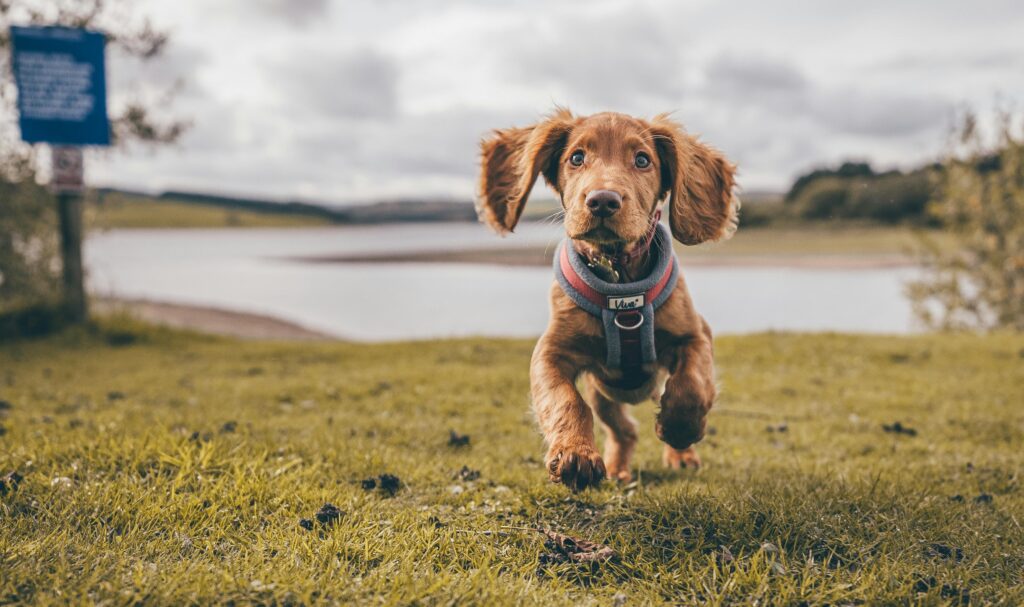
Training is essential for ensuring the fence works effectively. Over a period of 2-3 weeks, dogs are trained using positive reinforcement, treats, and boundary flags to recognize and respect the invisible boundary.
Common Problems & Solutions
1. Dog Ignores the Boundary
Solution: Increase the correction level on the collar or reinforce training by walking the dog along the boundary with a leash.
2. Collar Battery Dies Quickly
Solution: Check if the collar uses replaceable or rechargeable batteries. Keep spare batteries on hand for easy replacement.
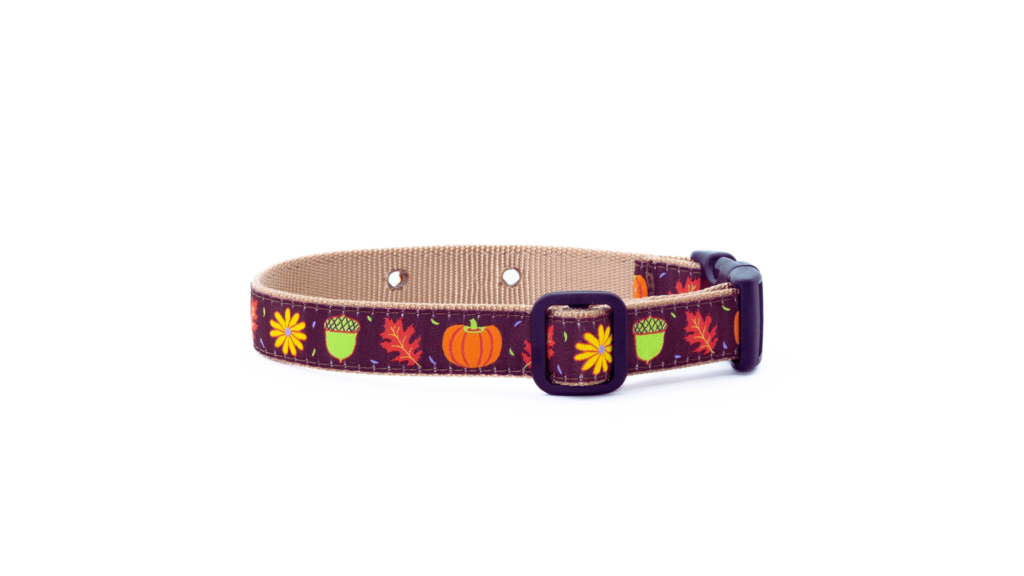
3. Signal Interference
Solution: Avoid placing the transmitter near metal objects, electrical lines, or Wi-Fi routers, as they can interfere with the signal.
4. Break in the Wire
Solution: If the system stops working, check for a wire break using a wire break locator or multimeter. Splice the damaged section with waterproof connectors.
Underground Fence vs. Traditional Fence
Is an Underground Dog Fence Right for You?
An underground dog fence is a great option for pet owners who want an affordable, low-maintenance, and unobtrusive containment system. However, it requires proper training to be effective, and it does not prevent other animals from entering your property.
Best for:
✅ Owners with large properties
✅ Homes in neighborhoods with fence restrictions
✅ Dogs who respond well to training
Not ideal for:
❌ Aggressive dogs who ignore corrections
❌ Homes with frequent electrical interference
❌ Properties with extremely rocky or wet soil
Underground Dog Fence Cost Breakdown
Underground Dog Fence Cost: Factors That Affect Pricing
Understanding the main cost factors can help you determine the best underground fence option for your budget.
1. DIY vs. Professional Installation
DIY Kits:
- Cost: $150 – $500
- Pros: More affordable, flexible installation
- Cons: Requires time and effort to install, potential for mistakes
Professional Installation:
- Cost: $800 – $2,500
- Pros: Expert setup, higher reliability, includes training for pets
- Cons: Higher cost, may require ongoing service fees
2. Yard Size & Wire Length
Why It Matters: The larger your yard, the more wire and transmitter power you’ll need.
- Small yards (up to ½ acre): $150 – $800
- Medium yards (½ – 2 acres): $500 – $1,500
- Large yards (2+ acres): $1,500 – $2,500+
3. Brand & Quality
Premium brands like Invisible Fence, PetSafe, SportDOG, and Extreme Dog Fence offer advanced features but come at a higher price.
- Basic models: $150 – $400
- Mid-range models: $400 – $1,200
- Premium models: $1,200 – $2,500+
4. Additional Collars
If you have multiple dogs, you’ll need extra receiver collars. These range from $50 to $300 per collar, depending on the brand and features (such as waterproofing, rechargeable batteries, and adjustable correction levels).
5. Maintenance & Repairs
- Battery replacements: $10 – $100 per year
- Wire repairs (if damaged): $50 – $200
- Transmitter replacement: $100 – $500
For tips on how to fit a collar properly on a Belgian Shepherd, check out this simple guide to ensure a secure and comfortable fit. Explore high-quality collars for French Bulldogs to keep them comfortable while ensuring durability and style.
Is an Underground Dog Fence Worth the Cost?
An underground dog fence can be a cost-effective alternative to traditional fencing, especially for large properties.
✔️ Pros:
✅ More affordable than a physical fence
✅ Doesn’t obstruct views or require permits
✅ Works for various yard sizes & terrains
❌ Cons:
❌ Requires training to be effective
❌ Risk of system failure (power outages, wire breaks)
❌ Doesn’t keep other animals out of your yard
Alternatives to Underground Dog Fences
If you’re considering an Anatolian Shepherd, learn more about their unique coat and how to care for it properly.
Final Thoughts: How Much Should You Budget?
If you’re looking for an affordable way to contain your dog without installing a visible fence, an underground dog fence is a great investment.
🔹 Budget option (DIY installation): $200 – $600
🔹 Mid-range option (Professional install, basic features): $800 – $1,500
🔹 Premium option (Larger yard, multiple dogs, advanced features): $1,500 – $2,500+
By considering the size of your yard, brand, installation method, and extra accessories, you can find the best underground dog fence within your budget.
“If you’re still unsure, consulting a professional fence installer can help you determine the most underground dog fence cost-effective and reliable solution for your pet. Find the recommended dog collars for Dachshunds that accommodate their long bodies and prevent strain on their necks.
👉 Have you installed an underground dog fence? Share your experience and tips in the comments below!

